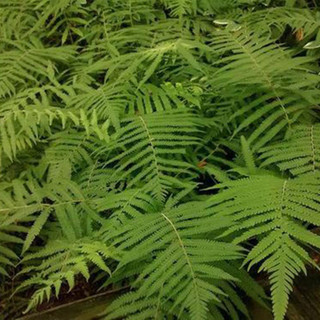
Camellia
Uses:
- Shade Gardens
- Edging Plant
- Container Plant
Features:
- Evergreen Foliage
- Deer Resistant
- Prolific Bloomers
Sunlight:
- Full Shade to Partial Shade
- Less Than 4 Hours of Direct Sun
Growing Zones:
- 6-10
- What is My Zone?
Camellia are evergreen bushes that blooms from winter to early spring. The flowering shrubs are perfect for shady areas and provide year round interest!
Why Camellias Online
Camellias are sometimes known as the queen of winter flowers as they bloom when almost all other flowers have stopped. They can bloom from October through to May, depending on the variety and your growing zone. They are slow-growing shrubs, taking up to 3 years to become fully established, but are long lived, with some specimens living over 100 years, especially in their native habitats.
Camellias are flowering evergreen shrubs in the Theaceae family. With around 300 different species and over 3,000 hybrids, these plants are found all over eastern and southern Asia, the Himalayas, Japan, Vietnam and Indonesia. Commonly grown species include C. sasanqua, C. japonica, C. reticulata, C. vernalis, C. heimalis and C. sinensis. Sasanquas and Japonicas are favorites, but many hybrids are gaining in popularity as collectors look for more hardy and compact varieties to add to their collections.
Long bloom time, from 3 to 6 months
White, pink, red, coral, purple and yellow flowers
Full or partial shade locations
Mature size up to 25 feet tall and 12 feet wide
Hardy from Zones 6 to 11
Landscaping Tip: Camellias can grow in challenging deeply shaded areas or partial shade. They make delightful container plants for gardeners outside of the hardiness zone, especially when they can be wintered in an unheated garage.
About Camellia

Tea Plant, Japanese Camellia, Common Camellia
Eastern and Southern Asia (China, Japan, Korea)
Bushes
Evergreen
7 to 9
White, Pink, Red, Yellow (rare), Bi-color
Late Fall to Early Spring (varies by species)
Dense, Rounded, Upright
Pollinators (e.g., bees), Butterflies
Partial Shade, Light Frost (depending on species)
Deer
How To Use Camellia In The Garden
Camellias are distinguished by their evergreen foliage and abundant flowers during late fall, winter, or early spring, offering color when many other plants are dormant. Their adaptability to shade and containers make them a valuable addition to gardens with limited sunlight or space. These shrubs may be slow-growing, but they reach impressive heights over time. Many gardeners favor them for their extended bloom period and dependable performance once established.
In a landscape setting, plant camellias as accents, informal hedges, or foundation anchors where their flowers can contrast with other evergreens. Their compact growth and tolerance for container planting allows for placement on patios or balconies. When in bloom, camellias act as focal points, and their evergreen leaves contribute structure and color throughout the year. Consider mixing early- and late-blooming varieties to enjoy ongoing color.
Camellia Care
Camellias require well-draining, slightly acidic soil rich in organic matter. They prefer partial shade, with protection from intense afternoon sun. Regular watering is essential, especially during bud development in mid-summer; however, avoid overwatering to prevent root rot. Fertilize with an acid-forming fertilizer three times a year—in early March, early May, and early July—to support healthy growth and flowering.
After blooming, light pruning helps maintain an attractive shape and encourages air circulation. In colder regions, applying mulch in winter moderates soil temperatures and conserves moisture. For container-grown camellias, select well-drained, frost-proof pots and repot every two to three years into larger containers with fresh, acidic soil. Ensure containers are protected against extreme cold to safeguard the plant's health.
Learn More About Camellia

Camellia Companion Plants
Camellias can be planted as a specimen shrub, highlighting the glossy evergreen foliage and bright fall, winter or spring flowers, or they can be planted with other acid loving, shade loving shrubs like azaleas and rhododendrons.

































